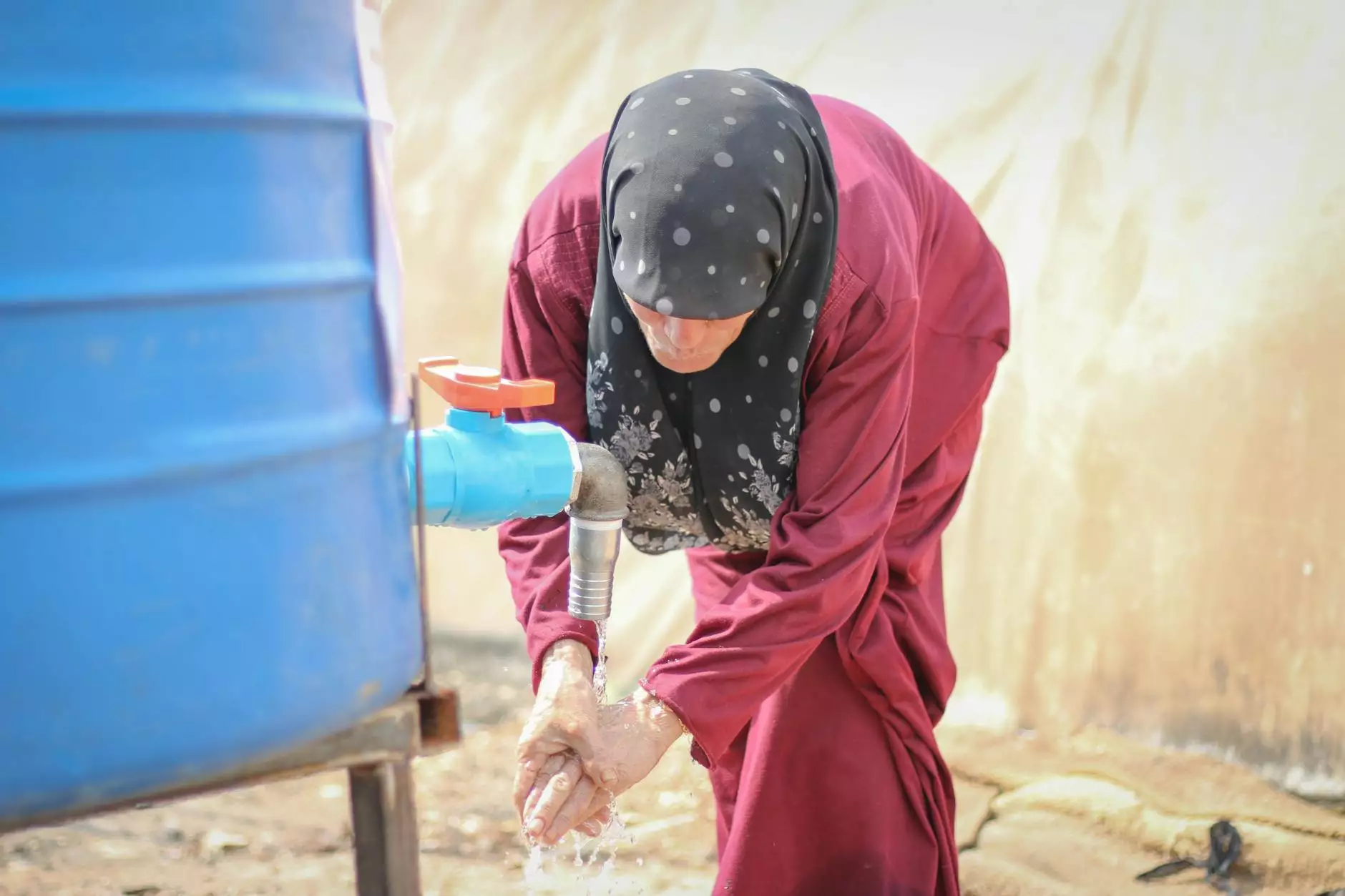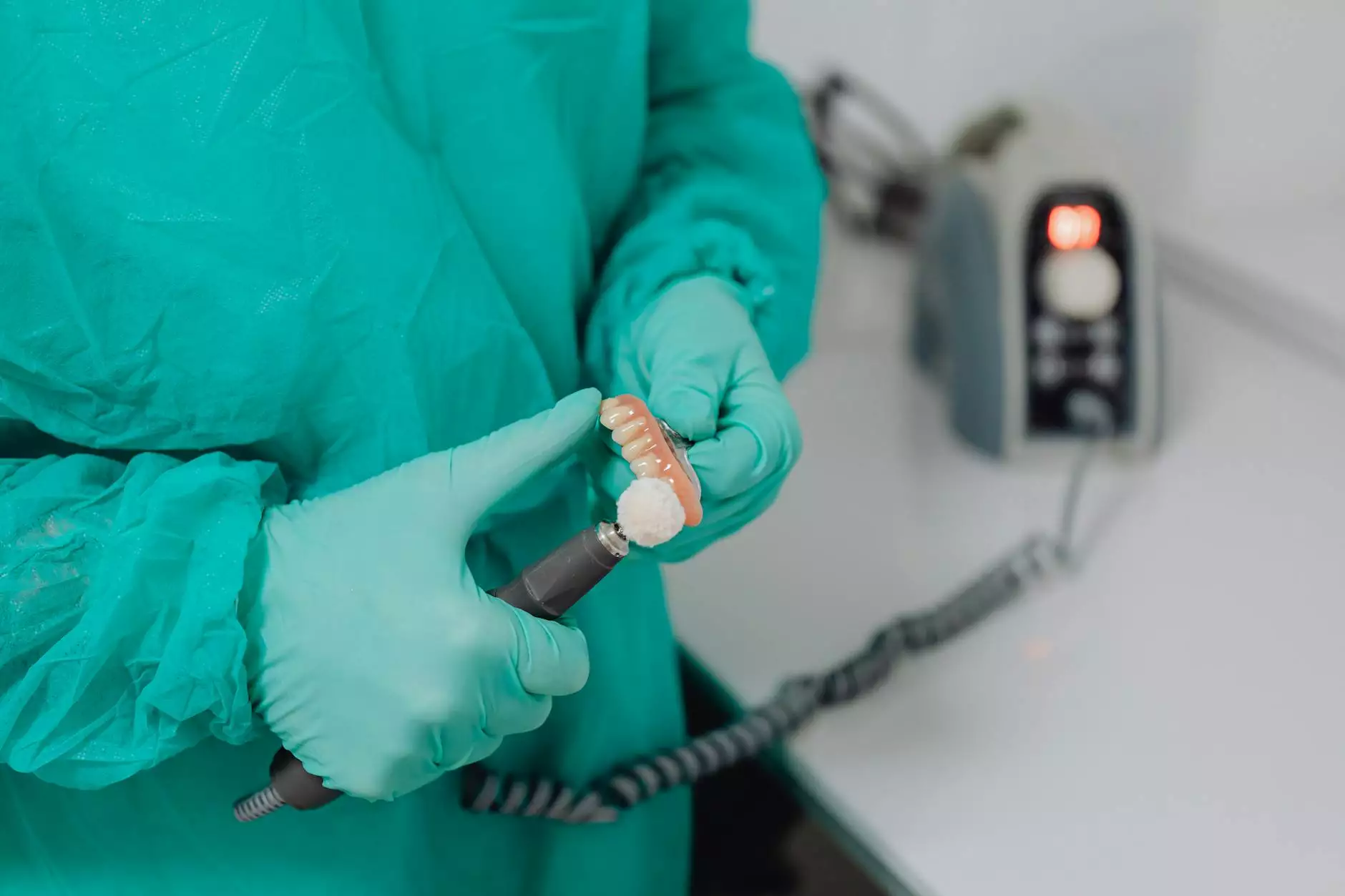Tendonosis vs Tendonitis: Understanding the Differences and Impact on Your Health

Welcome to an enlightening dive into the world of tendons. Many individuals are often puzzled by the terms tendonosis and tendonitis. Despite their similar-sounding names, these two conditions are quite different and understanding these differences can help in prompt diagnosis and effective treatment. This article aims to thoroughly explore the topic of tendonosis vs tendonitis, examining their causes, symptoms, diagnosis, and possible treatments.
What are Tendons?
Tendons are robust, flexible bands of connective tissue that connect muscles to bones. They play a vital role in the musculoskeletal system, allowing movement and stability. Injuries or conditions affecting tendons can significantly impair one’s mobility and quality of life.
The Basics of Tendonitis
Definition of Tendonitis
Tendonitis is an inflammatory condition that affects the tendon. Inflammation can result from acute injuries or overuse, and this condition is commonly linked with sports, repetitive motion activities, and other physical exertion.
Causes of Tendonitis
- Repetitive Motion: Engaging in activities that require repetitive movements can lead to inflammation.
- Injury: A direct injury to the tendon may result in tendonitis.
- Aging: As individuals age, their tendons can become less elastic and more prone to inflammation.
- Health Conditions: Conditions like rheumatoid arthritis or certain metabolic diseases can increase the risk.
Symptoms of Tendonitis
The symptoms of tendonitis typically include:
- Pain: Often a dull ache that is felt around the affected tendon, typically worsening with activity.
- Swelling: The area around the tendon may become visibly swollen.
- Stiffness: In the morning or after periods of inactivity, stiffness can be experienced.
- Reduced Range of Motion: Movement may become limited as the pain or stiffness increases.
Understanding Tendonosis
Definition of Tendonosis
Tendonosis is a degenerative condition characterized by the deterioration of the tendon’s collagen. Unlike tendonitis, tendonosis does not involve inflammation; instead, it reflects chronic overuse and injury, leading to structural changes in the tendon.
Causes of Tendonosis
- Chronic Overuse: Engaging in activities that consistently exacerbate the tendon can lead to tendonosis.
- Previous Injuries: Repeated injury to the tendon can culminate in degeneration over time.
- Inadequate Rest: Failing to allow adequate recovery time can lead to tendon damage.
- Age-Related Changes: Older individuals may experience natural degenerative changes in their tendons.
Symptoms of Tendonosis
Symptoms often are more nuanced compared to tendonitis and include:
- Chronic Pain: A persistent pain that lasts for an extended period, rather than getting worse with activity.
- Stiffness: Especially noted after long periods of inactivity.
- Tenderness: The tendon may feel tender to the touch, and there may be thickening of the tendon.
- Decreased Function: Some individuals may notice decreased functionality or performance in specific activities.
Tendonosis vs Tendonitis: Key Differences
Understanding the differences between these two conditions can aid in seeking appropriate treatment. Here’s a comparison:
AspectTendonitisTendonosisDefinitionInflammation of the tendonDegeneration of the tendonCausesAcute injury, overuseChronic overuse, previous injuriesSymptomsSwelling, pain, stiffnessChronic pain, tenderness, decreased functionTreatmentRICE method, anti-inflammatoriesPhysical therapy, potential surgeryDiagnosis: How Are Tendonitis and Tendonosis Diagnosed?
Accurate diagnosis is essential for effective treatment. Medical professionals often use a combination of the following methods:
- Physical Examination: A thorough examination to assess pain, tenderness, and range of motion.
- Medical History: Gathering information about past injuries and lifestyle can provide insights.
- Imaging Tests: Ultrasounds or MRIs can verify tendon structure and detect any degenerative changes.
Treatment Options
Treatment for Tendonitis
Managing tendonitis typically involves:
- Rest: Allowing the affected tendon to recover is key.
- Ice Therapy: Applying ice can help reduce inflammation and pain.
- Medication: Anti-inflammatory medications may be prescribed.
- Physical Therapy: Engaging in therapeutic exercises may promote healing and strengthen the tendon.
Treatment for Tendonosis
For tendonosis, the approach is somewhat different, including:
- Physical Therapy: Focused on improving strength and flexibility through specific regimens.
- Shockwave Therapy: This innovative treatment helps stimulate tendon healing.
- Platelet-Rich Plasma (PRP) Therapy: Using the body’s own healing components can promote tendon recovery.
- Surgery: In severe cases where non-surgical treatment fails, surgical intervention may be required.
Conclusion
In conclusion, while both tendonitis and tendonosis involve tendon pain and dysfunction, they are distinct conditions that require tailored approaches to treatment. Understanding the differences between tendonosis vs tendonitis can empower individuals to seek prompt and effective care. Always consult with a healthcare professional for a personalized evaluation and treatment plan.
By educating ourselves about these conditions, we can enhance our overall health and ensure an active, pain-free lifestyle. Remember, early intervention and proper management are crucial for optimal recovery and return to activities!









